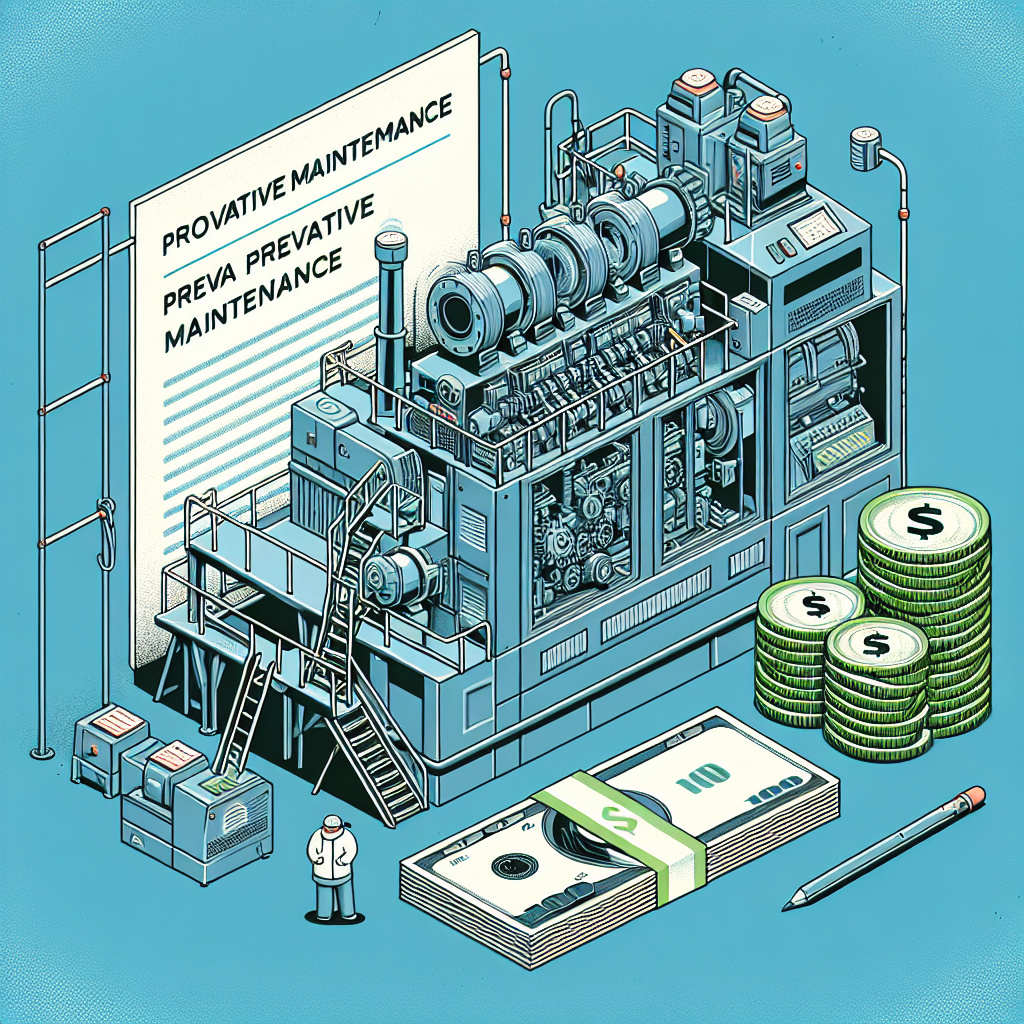Your cart is currently empty!
The Cost-Saving Benefits of Proactive Maintenance

In today’s fast-paced world, businesses are constantly looking for ways to cut costs and improve efficiency. One often overlooked area where significant savings can be made is in maintenance. While reactive maintenance, or fixing things only when they break, may seem like a cost-effective approach, it can actually end up costing businesses more in the long run. Proactive maintenance, on the other hand, involves regularly scheduled inspections, maintenance, and repairs to prevent breakdowns before they occur. This approach not only saves money but also improves overall productivity and prolongs the lifespan of equipment.
One of the key cost-saving benefits of proactive maintenance is the reduction in unexpected downtime. When equipment breaks down unexpectedly, it can lead to costly repairs, lost production time, and frustrated customers. By regularly maintaining equipment and identifying potential issues before they escalate, businesses can avoid these costly disruptions. In fact, studies have shown that proactive maintenance can reduce downtime by up to 50%, saving businesses significant amounts of money in the long run.
Additionally, proactive maintenance can help businesses save on repair costs. By regularly inspecting equipment and addressing small issues before they become major problems, businesses can avoid costly repairs or replacements down the line. For example, replacing a worn-out belt in a machine may cost a few hundred dollars, but if that belt were to break and damage other components, the repair costs could skyrocket into the thousands. By staying ahead of maintenance issues, businesses can save money and avoid unnecessary expenses.
Another cost-saving benefit of proactive maintenance is the prolongation of equipment lifespan. Regular maintenance helps keep equipment running smoothly and efficiently, reducing wear and tear and extending its lifespan. This means businesses can get more out of their investments and delay the need for costly replacements. In the long run, this can result in significant cost savings for businesses.
Overall, proactive maintenance is a cost-effective approach that can help businesses save money, improve efficiency, and prolong the lifespan of equipment. By investing in regular maintenance and inspections, businesses can avoid unexpected downtime, reduce repair costs, and extend the lifespan of their equipment. In today’s competitive business environment, proactive maintenance is a smart investment that can help businesses stay ahead of the curve and maximize their bottom line.

Leave a Reply